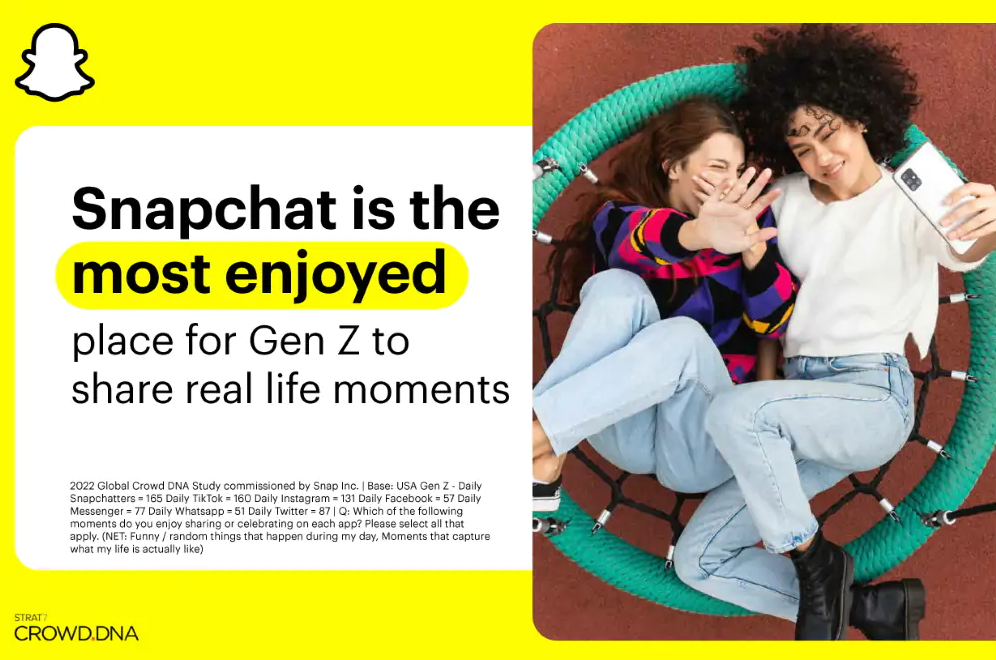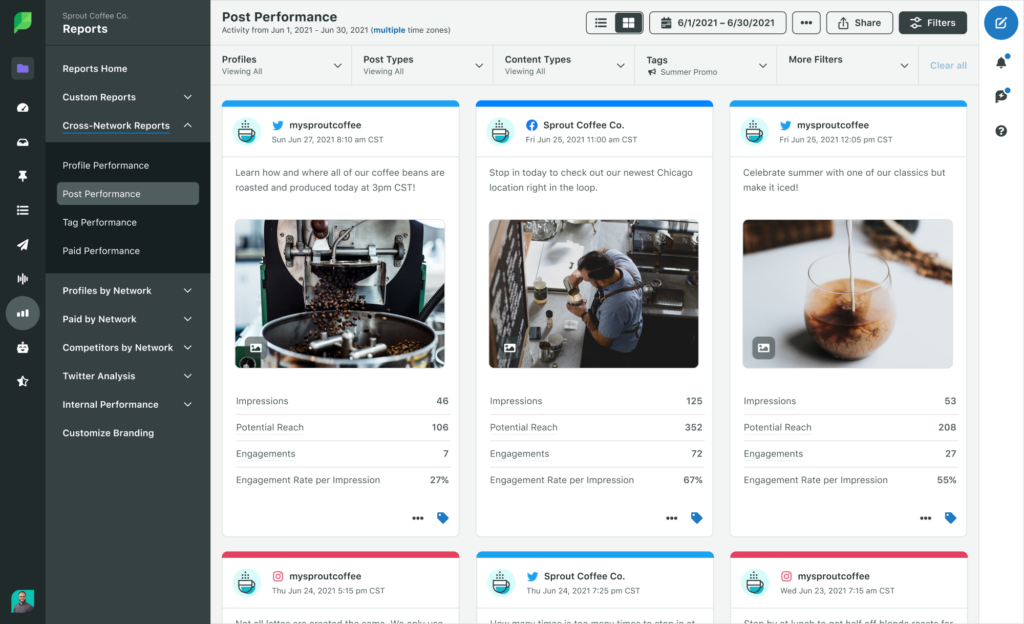
Reddit remains the internet's best dumping ground for some of the funniest content out there. While Reddit has produced some great original material, users on the site equally love to pay tribute to amazing content on other sites.
This happened when Redditor u/sporite went onto to the Ask Reddit subreddit to get a general idea of what videos — viral or not — always manage to make Reddit users laugh hysterically. The result was a thread that contained a buffet of the best YouTube videos that are absolutely hilarious.
Animals, Vines (RIP), and plenty of fails are just a few of the highlights of the entire 1000+ comment thread. While there were a ton of suggestions, we've selected the crème de la crème of the bunch.
So please, enjoy 20 of the funniest YouTube videos Reddit has deemed to be worthy of internet gold.
1. Nice, Ron
Ron really just finds a way to screw something up somehow, and the person filming the video makes sure he knows this.
Posted by u/coverack.
2. White Bear on Ice
During the filming for a White Bear Mitsubishi ad, a polar bear just can't seem to get his balance. The last fall is definitely the best one though.
Posted by u/Emmaleigh3341.
3. Guy Falls Asleep Playing EVE Online
Words cannot describe the noises that are coming from Tim when he fell asleep playing EVE Online with his friends. Give the video a watch and please explain how this can be considered "snoring."
Posted by u/Scunner132.
4. Dog Imitating a Siren
This video is both hilarious and precious. You need to absolutely check out how impeccable this doggo's impression of an emergency siren is.
Posted by u/asd090316.
5. Cat Jump Fail
This viral video tells such a compelling narrative whose complexity is further conveyed through the solid music choice that accompanies it. Give this video a watch to see this cat jump where no cat has jumped before.
Posted by u/PacSan300.
6. How is prangent formed
Yahoo! Answers was a beautiful dumping ground for the strangest questions, and the most ridiculous spelling mistakes. This amazing video tackles the topic of pregnancy, and the internet's inability to even spell the word.
Posted by u/HippoFalcon_.
7. Chris Pratt's Blooper Reel from Parks & Rec
What a gem. Chris Pratt on Parks & Rec is a gift that keeps on giving. And if you aren't convinced, then just take a look the series' blooper reels.
Unfortunately the original blooper video that Reddit users held in high regard has since been taken down. Fortunately, there's no shortage of Parks & Rec blooper compilations on YouTube.
Posted by u/PenguinWITTaSunburn.
8. Liam Neeson Doing Improv
Liam Neeson's stern and cold delivery of every line in this sketch is absolutely hilarious. He takes his role of a hypochondriac to a whole other level that will remain forever untouched by actors for years to come.
Posted by u/furrrsurre.
9. My Waffle Wedded Wife
This YouTube video is really sweet. When a bride and a groom are at the altar exchanging vows, the bride's husband-to-be accidentally says, "My waffl-y wedded wife," instead of "lawfully wedded wife." They crack up, the minister makes more jokes, and the entire audience also joins in on the laugh. Definitely a solid sign of a long and happy marriage.
Posted by u/IveGotAnElasticHeart.
10. You Wanna Play a Little Game?
I'm not going to spoil what happens in this video, but there's a reason why Reddit loves it. Jigsaw would be proud, maybe.
Posted by u/Stevepac9.
11. She's a Wolf in Mouse Clothing
Animals screaming seems to be a recurring theme in the videos that Reddit users seem to enjoy. These dubbed over mice screaming into the void is both hilarious and relatable.
Posted by u/Skyeborne.
12. Funniest Game Show Answers of All Time
Sometimes coming up with answers on the spot can be a little daunting, but this compilation video proves otherwise. Some of these just really GO for it you know? My favorite one is the person who is asked about a vegetable you marinate and he replies with "grapes." Iconic.
Posted by u/powerspyin1.
13. "A Child" Vine
RIP Vine, we hardly knew ye. This iconic five-second clip of someone clearly not getting the point is a staple among those on Reddit. It's dark humor at its finest.
Posted by u/_Bereavement.
14. Hilarious Jack Russell Goes Crazy with Excitement
This doggo was so excited to compete in the Agility Test at Crufts 2017. He was speedy, but he didn't necessarily keep his eyes on the prize, or his owner for that matter.
Posted by u/doubleohnicole.
15. Hi, I'm Ed Asner
This video starts innocently enough with Ed Asner introducing himself, but then he takes a freaking knife out of nowhere? I need an explanation, but I'm also OK knowing Asner isn't here to mess around, I guess.
Posted by u/Starman926.
16. Sulfur Hexafluoride Blooper
Helium needs to move aside because sulfur hexafluoride is here to snatch the crown for the best gas-induced funny voice. This old blooper shows a man inhaling this gas which makes his voice incredibly deep. This rule apparently applies to burps as well considering this man lets out an inhuman belch that will shake you to your core.
Posted by u/greenagemutantninja.
17. Rammstein vs Cookie Monster
Cookie Monster apparently has an affinity for German industrial metal music. Watch this amazing collab between Rammstein and Cookie Monster that Reddit apparently hails as the world's most iconic duo.
Posted by u/DammitPantera.
18. Head Smashes Board
A motivational speech about believing in yourself takes an odd turn when this man tries to break a "bored" using just his head. This does not turn out the way he expected it to. Perhaps if he believed in himself a little harder, this viral video would have a different ending.
Posted by u/TagProNoah.
19. Look at this Graph
You'd be doing yourself a major disservice if you didn't listen to this amazing, uncut edition of "Photograph" by Nickelback.
Posted by u/PacSan300.
20. The Brakes
Who would've thought that Tina driving a car in Bob's Burgers would translate so well in real life? While in this particular case there's a massive ship, its pretty likely the captain was experiencing the same feelings of anxiety as Tina did in this amazing dubbed-over video.
Posted by u/silverhydra.
from Mashable https://ift.tt/3HSqXPn
via IFTTT




































